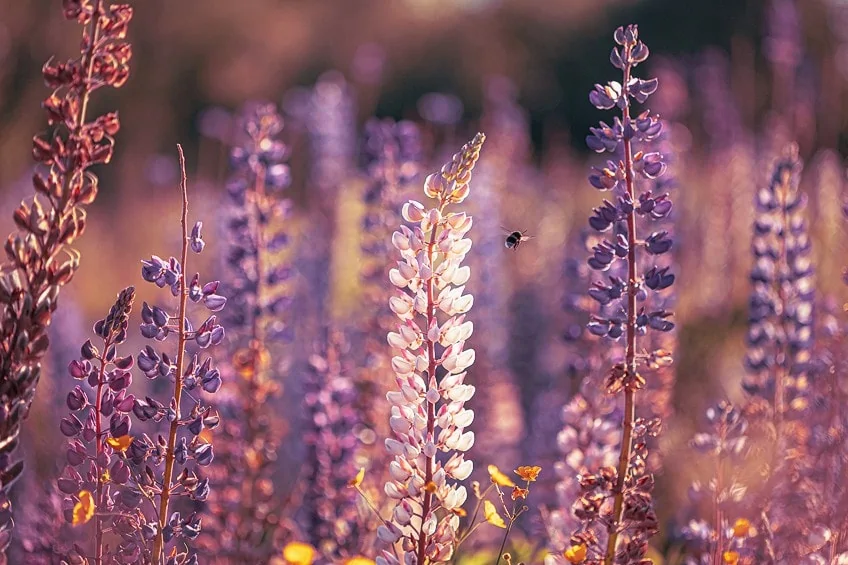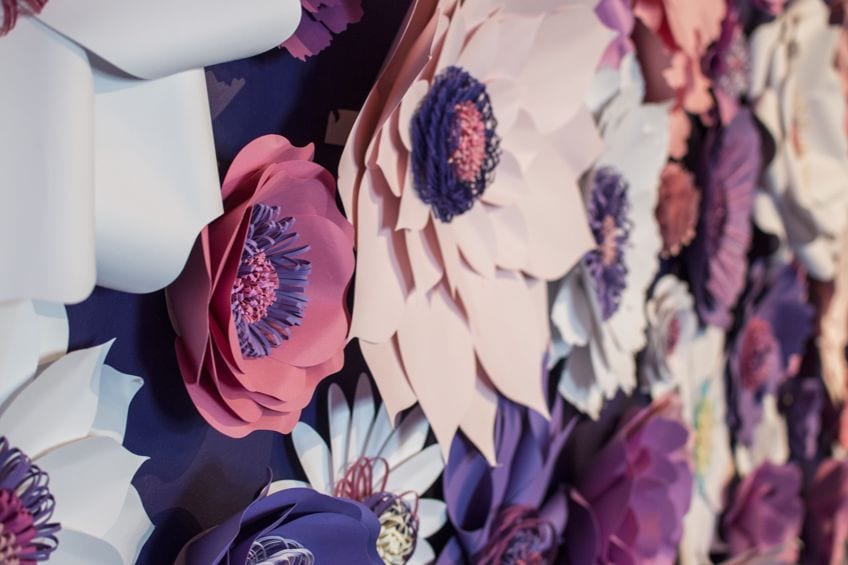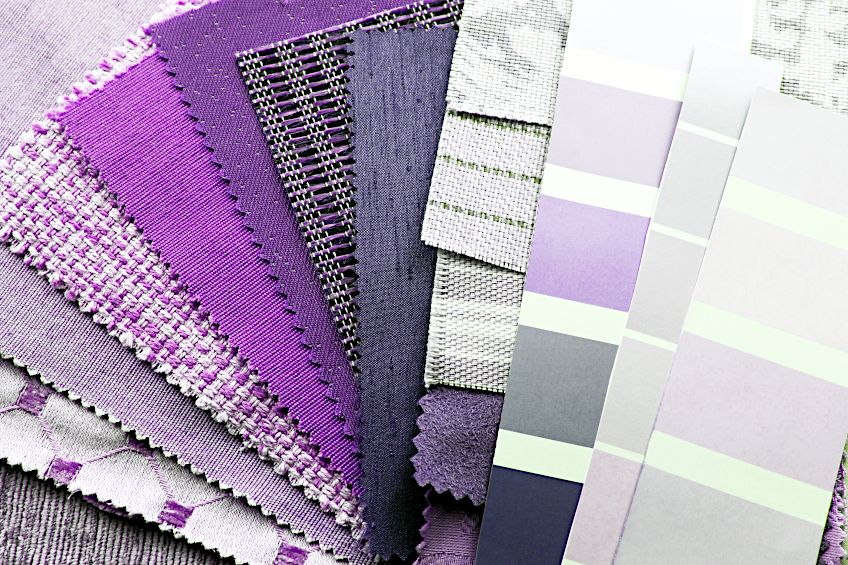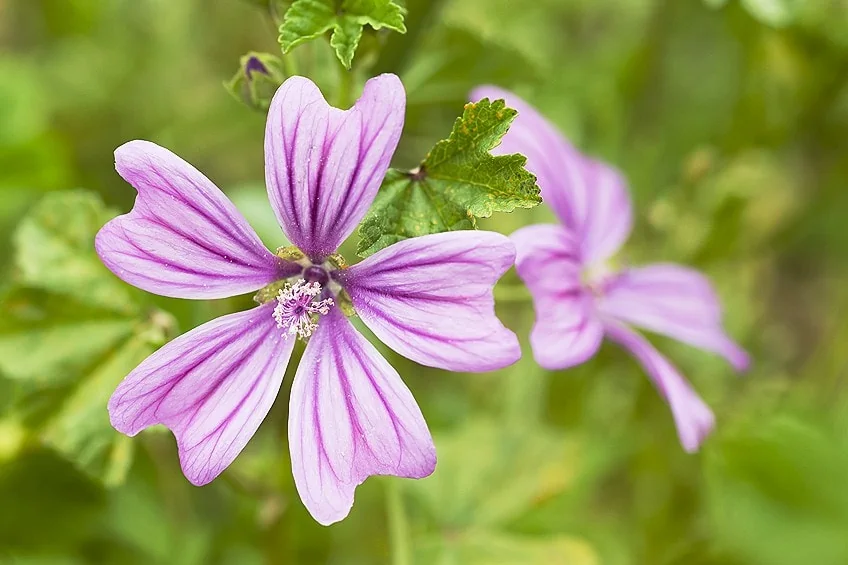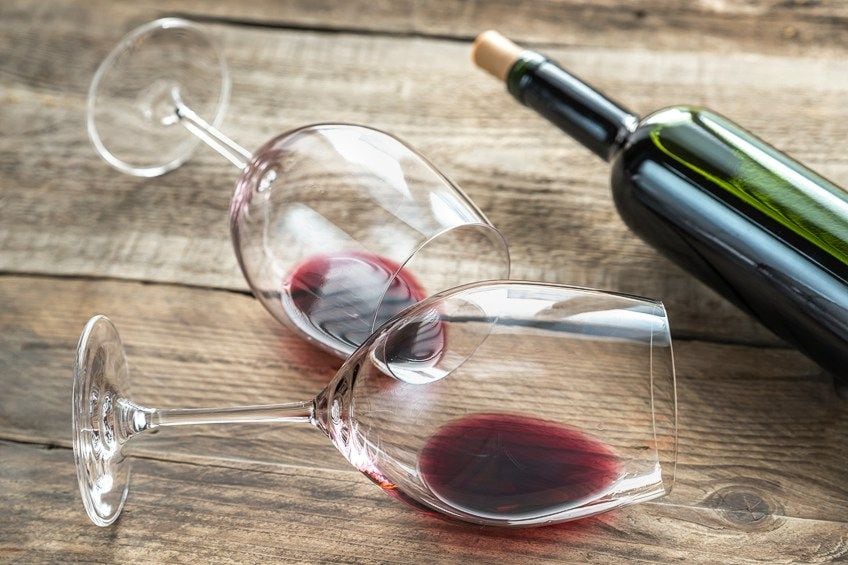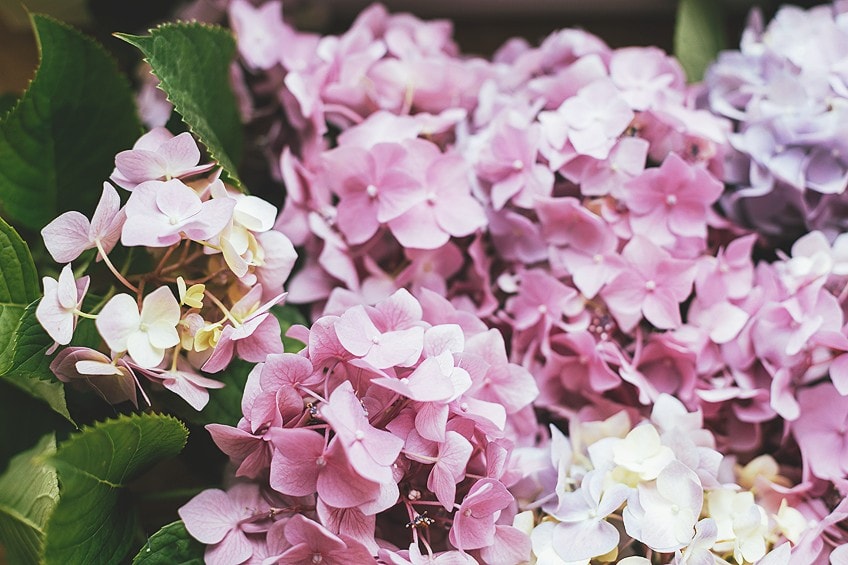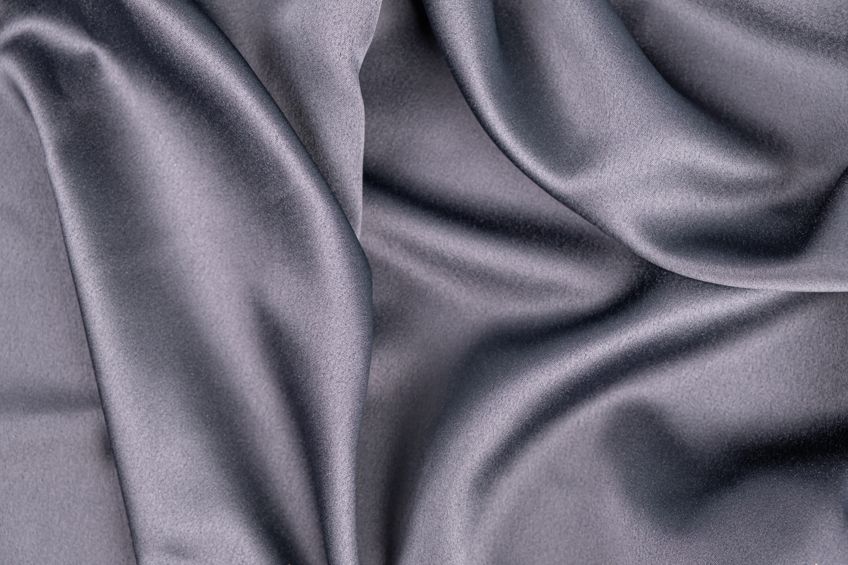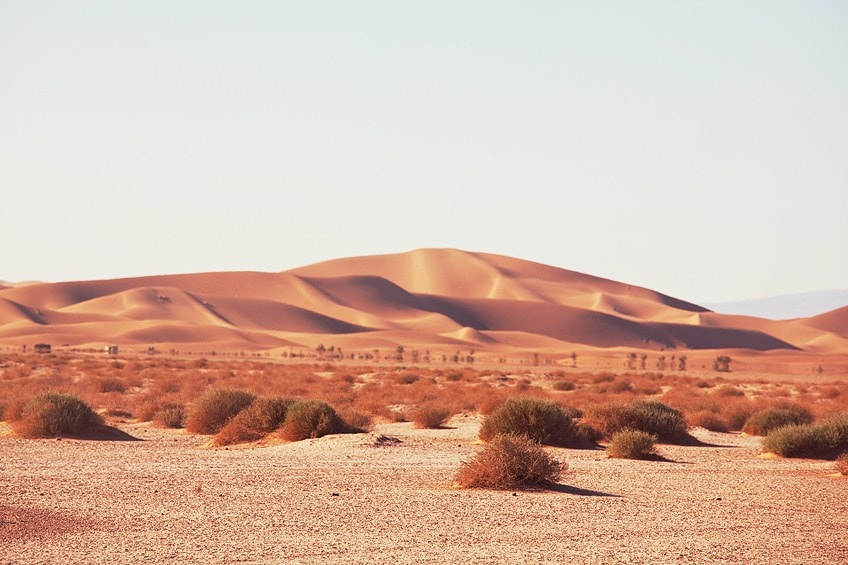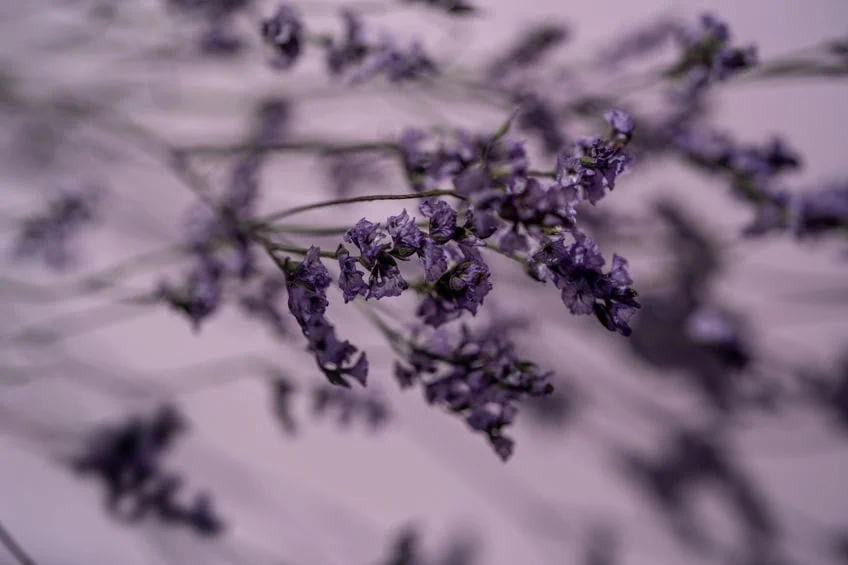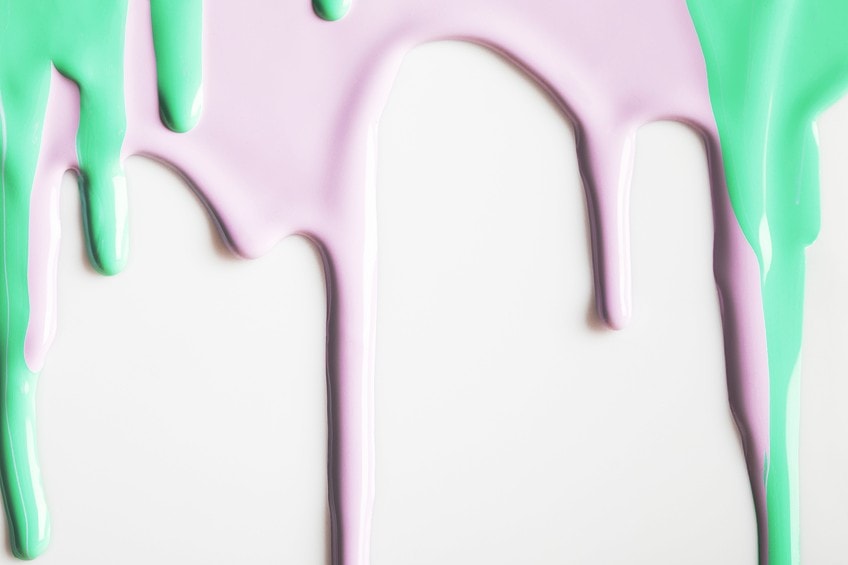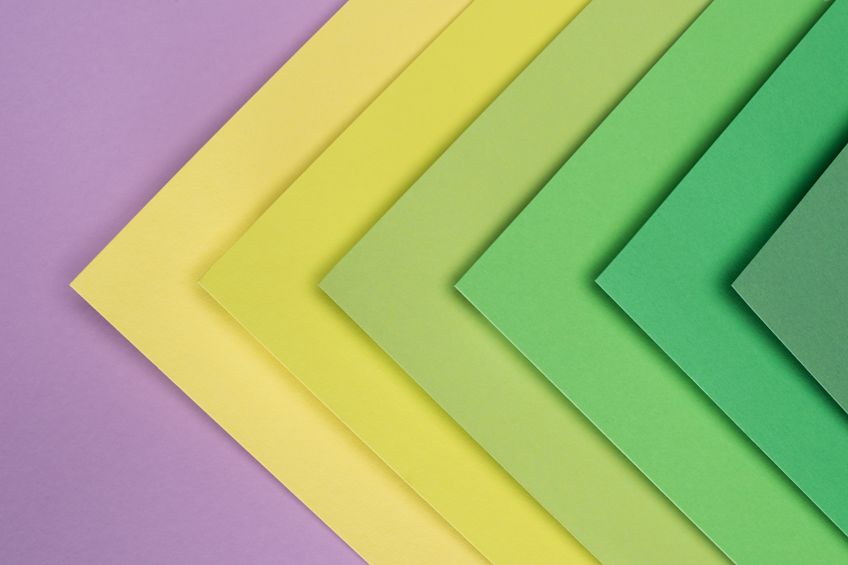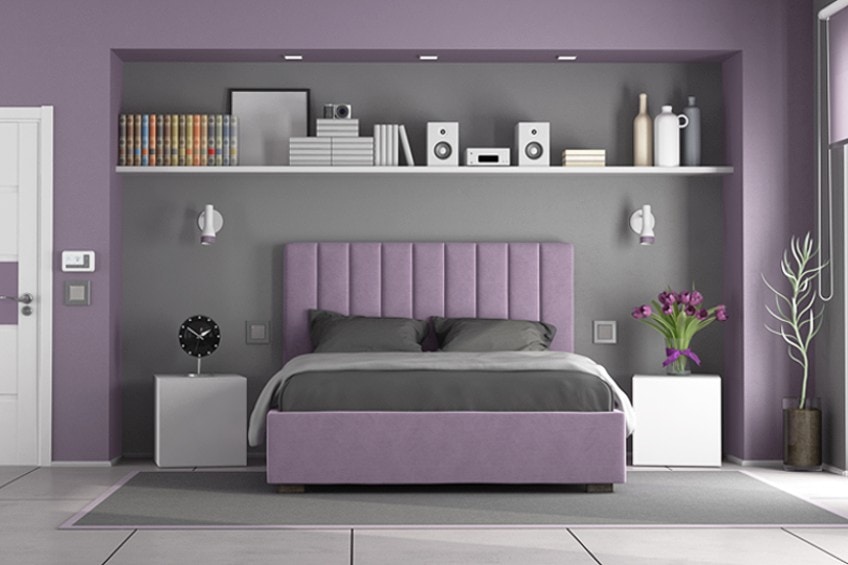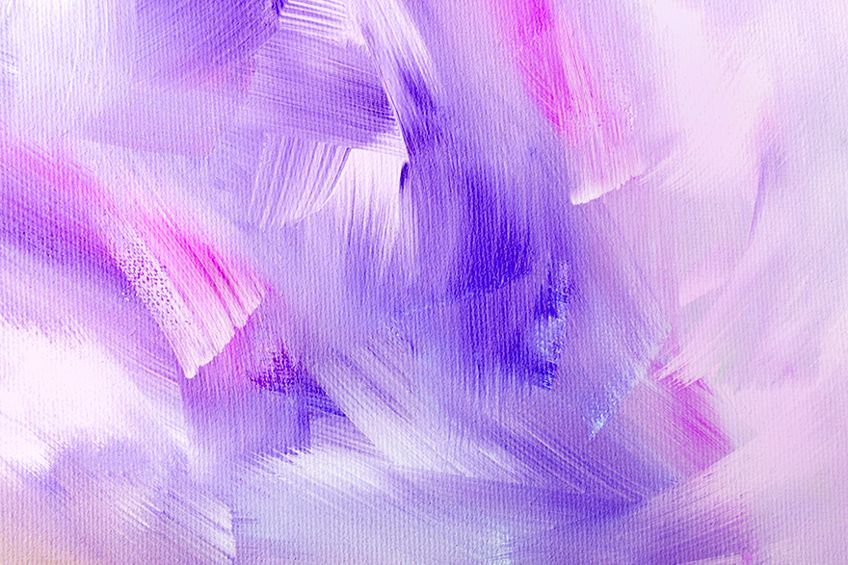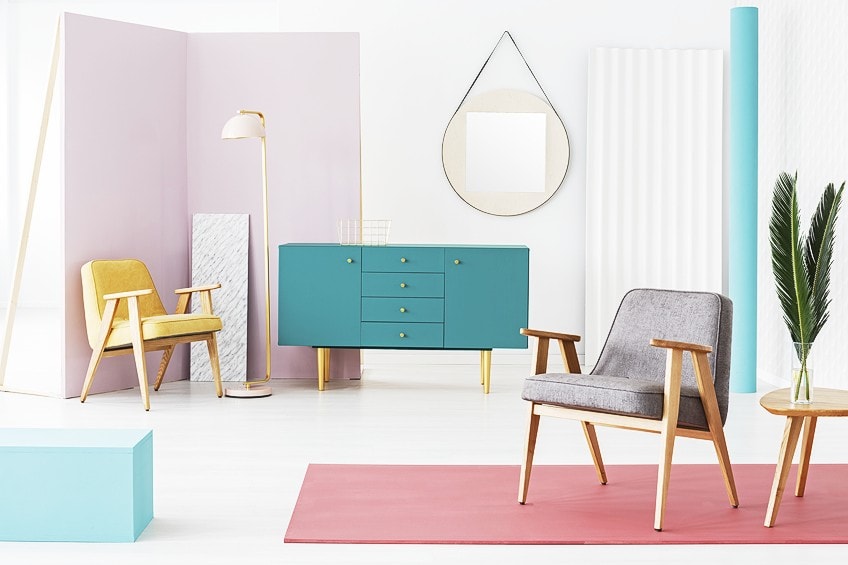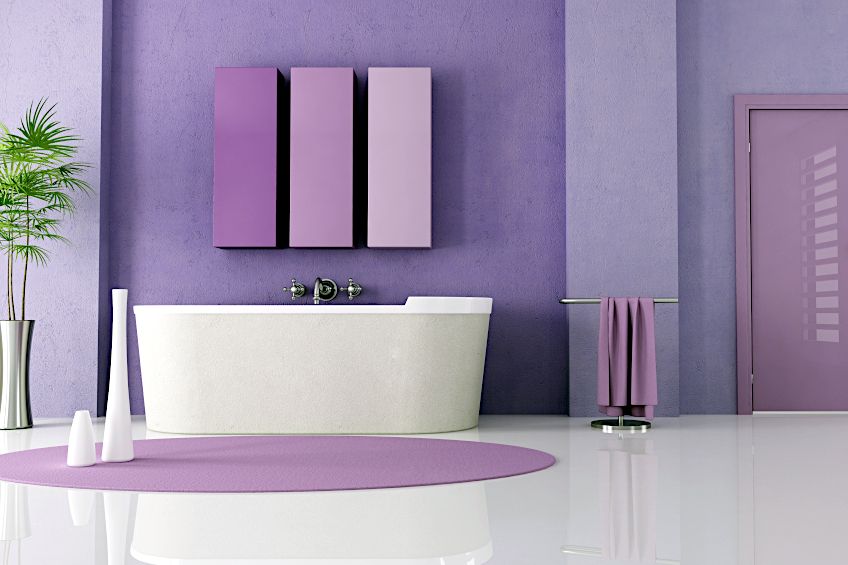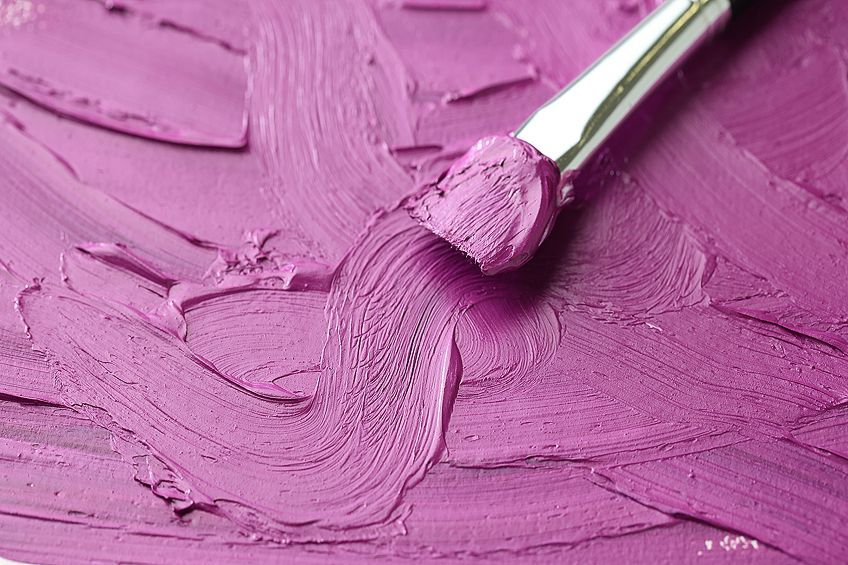Mauve Color – Explore the Various Shades of Mauve
The colors purple and lavender are well known to the majority of people, whereas the mauve color may be less well known. What hue purple or blue is it, what are the shades of mauve, and how did it receive its name? Continue reading to learn much more about the color mauve and to assist in providing answers to these questions, including “What color is mauve?” and “What colors go with mauve?”
What Color Is Mauve Exactly?
The mallow flower, often known as mauve in French, is the source of the mauve color palette. The bloom and color might be characterized as a blue tinge in a lighter hue of purple. The color, mauve purple, which sits between violet and pink on the color wheel, can be identified when studying color wheels and color theory.
The mauve color is a shade that belongs to the purple color group and has a tendency to veer towards pink. There are several shades of mauve as well, some with more vibrant tones than others.
You can see the differences between the mauve color palette and purple in the table below. You may argue that the light mauve color is a lighter version of magenta, but as one can observe, magenta is more vivid and has more red than mauve does. The color mauve is sometimes mistaken for pale or light violet, which is simple to do, however, violet is one of the deeper shades of mauve. In light of this, the color mauve does stand out from other colors and tones that are comparable to it.
| Shade | Hex Code | CMYK Color Code (%) | RGB Color Code | Color |
| Mauve | #e0b0ff | 12, 31, 0, 0 | 224, 176, 255 | |
| Purple | #800080 | 0, 100, 0, 50 | 128, 0, 128 | |
| Pale Magenta | #f984e5 | 0, 47, 8, 2 | 249, 132, 229 | |
| Pale Violet | #cf9fff | 19, 38, 0, 0 | 207, 159, 255 |
History of the Mauve Color Palette
We already know that a plant with a similar color gave the color mauve its name. According to the Oxford English Dictionary, the term “mauve” was first employed in the late 18th century. Mallow, the flower for which mauve was called, was nonetheless also used to describe the hue earlier in the 17th century. Before the 18th century, in particular, the color was generated as a dye using a variety of plants, minerals, and insects. Because of this, the dye was challenging to make, which made it pricey and hard to get.
Therefore, if you were fortunate enough to be dressed in any mauve-colored textiles, you were probably a member of high society or possibly royalty.
In those days, the majority of colors worn by the typical individual were probably browns and drab beige hues. In addition to being expensive, one drawback of these mauve dyes was that they faded fairly fast when cleaned and exposed to sunshine. Something better, more synthetic, and less expensive emerged as a result of advancement.
Midway through the 19th century, scientist William Henry Perkin made the accidental discovery of the first synthetic dye while attempting to make the malaria-curing compound quinine. As it turned out, some sort of residue was produced, which later took on a mauve hue and became recognized as the first aniline dye.
Tyrian purple was the color’s initial name; mauve was later given to it. Various names for the hue include mauveine, aniline purple, and Perkins’ mauve.
Empress Eugenie, the wife of Napoleon III, took notice of the color’s popularity, and soon after Queen Victoria wore a dress in the same shade for her daughter’s marriage ceremony. All of this exposure started the process, and society embraced it. In the latter half of the 19th century, the hue rose to fame. In both Europe and the United States, this period is commonly referred to as the “Mauve Decade” since it saw the dye’s widespread accessibility. Even Perkins has a book by Simon Garfield about his life, simply titled “Mauve.”
Due to the development and flood of alternative synthetic dyes in a comparable range of colors, the mania finally died down. The 80s saw a little rise in popularity for the hue, nevertheless. Over the years, purple has been utilized a lot in art, but violet and mauve have less of a following. In contrast to mauve and violet, which have bluish undertones, purple belongs to the red family of colors.
Nevertheless, impressionists, especially those like Monet, started to favor these hues. Mauve is once more gaining popularity nowadays across all design disciplines, from style and artwork to web design and home design.
This is due to the fact that mauve has a lot more options and hues now, making it a very flexible color to work with.
The Meaning of the Color Mauve
Because mallow flowers bloom in the spring, the hue is frequently connected to femininity and rebirth. But nostalgia and romanticism may also be evoked by the hue mauve. Due to its close ties to purple, it is also associated with monarchy and wealth.
Additionally, the hue stands for innocence, youth, and optimism.
The Different Shades of Mauve
Beautiful color schemes may always be created while creating, and these days it’s simple to recognize colors by their hex codes and other codes that allow you properly comprehend the color percentages involved.
The distinguishing mauve color codes and mauve hex codes are provided below for your convenience.
Old Mauve
In 1925, the term “old mauve” and its hue were first used in English. More reds make up the color, which can be characterized as dark and desaturated pink. It is seen as a warm hue since it is more of the red family.
| Mauve Shade | Mauve Hex Code | CMYK Mauve Color Code (%) | RGB Mauve Color Code | Mauve Color |
| Old Mauve | #673147 | 0, 52, 31, 60 | 103, 49, 71 |
Mauve Taupe
Old mauve and mauve taupe are relatively similar colors since they are both dark, desaturated pinks. Mauve taupe was first used in English in 1925.
The shade is also a well-liked raspberry shade known as Raspberry Glace in lipstick.
| Mauve Shade | Mauve Hex Code | CMYK Mauve Color Code (%) | RGB Mauve Color Code | Mauve Color |
| Mauve Taupe | #915f6d | 0, 34, 25, 43 | 145, 95, 109 |
Crayola Mauve
One of the Mauvelous colors from Crayola, which was first released in 1993, has this hue. The hue may be characterized as a gentle red, which will complement a soft cyan color well as a contrast.
| Mauve Shade | Mauve Hex Code | CMYK Mauve Color Code (%) | RGB Mauve Color Code | Mauve Color |
| Crayola Mauve | #ef98aa | 0, 36, 29, 6 | 239, 152, 170 |
Opera Mauve
This color term, referred to as a medium-lighter shade of magenta and a milder desaturated pink, was first used in English in 1927.
The hue can alternatively be classified as a part of the violet color family
| Mauve Shade | Mauve Hex Code | CMYK Mauve Color Code (%) | RGB Mauve Color Code | Mauve Color |
| Opera Mauve | #b784a7 | 0, 28, 9, 28 | 183, 132, 167 |
Mauve Desert
This shade comes from Benjamin Moore, a well-known paint manufacturer. The hue might be seen as either a grayish red or a dusty mauve. Although the hue has warm undertones, they are not overpowering and make it aesthetically pleasing. A bedroom or any other place where you wish to add a little mystique and atmosphere might benefit from the paint.
| Mauve Shade | Mauve Hex Code | CMYK Mauve Color Code (%) | RGB Mauve Color Code | Mauve Color |
| Mauve Desert | #b0a2a4 | 0, 8, 7, 31 | 176, 162, 164 |
Chaise Mauve
Another paint hue, but this time from Sherwin Williams, a well-known paint manufacturer. This color is likewise grayish red, but it is a little softer and cozier in appearance.
Combine the chaise mauve with white for a straightforward combo.
| Mauve Shade | Mauve Hex Code | CMYK Mauve Color Code (%) | RGB Mauve Color Code | Mauve Color |
| Chaise Mauve | #c0b1b2 | 0, 8, 7, 25 | 192, 177, 178 |
Twilight Mauve
Last but not least, we have twilight mauve, a purple tone that resembles dust, from the paint company Valspar. The hue might be defined as a chilly brownish red with gray undertones. This might give a room a little more color instead of a brownish hue.
| Mauve Shade | Mauve Hex Code | CMYK Mauve Color Code (%) | RGB Mauve Color Code | Mauve Color |
| Twilight Mauve | #c8aeaf | 0, 13, 13, 22 | 200, 174, 175 |
What Colors Go with Mauve Nicely?
When attempting to determine which colors complement mauve, the color wheel is the go-to tool. To start selecting color schemes that work, there are several terminologies you need to get familiar with. The greatest solution would be to pick two or three hues if you’re seeking to make a mauve color palette. Choose one of these hues to serve as the focal point, and use the others as accents. This applies to both interior and web design.
Here are some suggestions for your go-to mauve color schemes.
Mauve Complementary Colors
When viewed from the color wheel, these hues are on the opposing sides. For instance, green is the complementary hue to red when red is your color of choice. Given that mauve is situated between your pink and violet hues in this instance. The complementary nature of the tea green makes the other colors stand out and contrast with one another.
| Shade | Hex Code | CMYK Color Code (%) | RGB Color Code | Color |
| Mauve | #e0b0ff | 12, 31, 0, 0 | 224, 176, 255 | |
| Tea Green | #cfffb0 | 19, 0, 31, 0 | 207, 255, 176 |
Split Complementary Colors
Instead of being one color, these are two, and they are next to the complementary hue of mauve. In this instance, it will be a muted shade of mint green and soft yellow that complements mauve. Different hues of mauve and yellow can also be used since yellow and purple are complementary colors, creating an attractive contrast.
Softer colors may be preferable since they are gentler on the eyes. Mauve and gold may also be a stunning contrast.
| Shade | Hex Code | CMYK Color Code (%) | RGB Color Code | Color |
| Magic Mint | #b0ffb9 | 31, 0, 27, 0 | 176, 255, 185 | |
| Mauve | #e0b0ff | 12, 31, 0, 0 | 224, 176, 255 | |
| Tidal | #f7ffb0 | 3, 0, 31, 0 | 247, 255, 176 |
Gray and Black
As a classy and more traditional color palette for weddings, black and mauve are very popular. Another neutral hue that complements mauve beautifully is gray. Mauve and silver is another variant of gray that you may attempt and succeed with.
| Shade | Hex Code | CMYK Color Code (%) | RGB Color Code | Color |
| Black | #000000 | 0, 0, 0, 100 | 0, 0, 0 | |
| Mauve | #e0b0ff | 12, 31, 0, 0 | 224, 176, 255 | |
| Gray | #808080 | 0, 0, 0, 50 | 128, 128, 128 |
Colors That Are Analogous
Similar qualities and near proximity to one another, or on the same side of the color wheel, characterize analogous hues.
The colors blue and mauve go well together and produce a chic, modern aesthetic with a hint of warmth and serenity.
| Shade | Hex Code | CMYK Color Code (%) | RGB Color Code | Color |
| Pale Blue | #b9b0ff | 27, 31, 0, 0 | 185, 176, 255 | |
| Mauve | #e0b0ff | 12, 31, 0, 0 | 224, 176, 255 | |
| Pale Violet | #f4e3ff | 4, 11, 0, 0 | 244, 227, 255 |
Mauve Color Combinations with Triadic Colors
Once more, these hues may be recognized while viewing the color wheel because they are uniformly spaced out in a triangular shape. You may also match mauve with orange because purple goes well with both yellow and orange. Maintaining colors and the same tone might make things easier to maintain.
| Shade | Hex Code | CMYK Color Code (%) | RGB Color Code | Color |
| Aero Blue | #b0ffe0 | 31, 0, 12, 0 | 176, 255, 224 | |
| Mauve | #e0b0ff | 12, 31, 0, 0 | 224, 176, 255 | |
| Pale Orange | #ffe0b0 | 0, 12, 31, 0 | 255, 224, 176 |
Mauve Colors That Are Monochromatic
It is simple to deal with this particular color scheme. Monochromatic refers to the use of a single color, yet each of the hues is somewhat distinct and can range from lighter to deeper shades of mauve.
This particular mauve color scheme always looks tidy and has a calming impact.
| Shade | Hex Code | CMYK Color Code (%) | RGB Color Code | Color |
| Mauve | #e0b0ff | 12, 31, 0, 0 | 224, 176, 255 | |
| Light Violet | #c264ff | 24, 61, 0, 0 | 194, 100, 255 | |
| Very Pale Violet | #f4e3ff | 4, 11, 0, 0 | 244, 227, 255 |
How to Design with a Mauve Color
Mauve is a shade that is a meditative and imaginative hue. The color mauve is perfect for websites about art or fashion since it may also be connected with luxury and goes well with many other hues. The hue works nicely in site designs for wellness centers and spas.
Purple has lately been a popular color in fashion design, and this encompasses all variations of the color, from pale lilacs and mauve to darker purple hues.
When wearing mauve, several fashion experts advise pairing it with a deeper and richer color of burgundy or purple. This mixture exudes a sense of elegance and richness. Pick a mauve shirt or blouse, for instance, and mix it with maroon slacks or a blazer as an example of an ensemble. To get a more modest appearance, you might instead pair mauve with gray. Using a cream-colored blouse, a light mauve cardigan, and a pair of dark denim jeans as an instance.
The Color Mauve and Interior Design
Consider using more intense mauve hues while painting with mauve. These hues have a tendency toward taupe and pastel shades, which puts them a little closer to the neutral spectrum. The next step is to create a layered effect by using several tints of your selected hue. Try painting the walls of your bedroom a dark shade of mauve, and then paint the ceiling a rich shade of pink, or leave it white for a fresher look. This will give the space a feminine and romantic feel.
Along with white, mauve may complement other neutral colors like cream or gray.
These add a little more color than plain beige, which when combined with mauve might look a little washed out. Always take into account the best colors that might function as previously discussed with complementary colors and all other possibilities when developing a mauve color palette. Blue may be used as an accent color alongside mauve and look fantastic.
Mauve is a versatile hue that may be used as both a primary and an accent color. Simply incorporate mauve into the area with accessories if you feel that it could be a bit much as your primary color choice. Think of furniture, patterned carpets, or mauve pillows.
Since mauve is associated with purple, a color that has a long history, attempt to include a more vintage vibe. A gilt mirror or an antique dresser are two examples.
More people like the color mauve for their bedrooms since it fosters a relaxing and pleasant environment. A mauve-colored room can have a cozy atmosphere if the hue is painted throughout; if this is too much for you, add mauve in layers. For instance, mauve cushions, blankets, and fabrics. To counteract the mauve’s softness, think about using deeper gray color. You may even think about incorporating mauve into the kitchen for a more fashionable look.
Using Paint to Create the Color Mauve
The most effective technique to choose colors that complement each other and merge well is to use a color wheel. The colors in this diagram are arranged in a wheel form, including your primary and secondary colors as well as all additional colors in between. The placement of each color and how it relates to the others are then visible.
On the color wheel, the shade of mauve is situated between violet and pink. What hues would be required to create a mauve color, then?
The simple solution to this problem is blue and red, which results in purple. However, since mauve has more of a tinge than real purple, you also need to add a little white. When mixing colors, attempt to use a bit redder than blue rather than too much white because this will result in a more lavender tint.
You may alter your color choices as you go until you get the ideal mauve shade.
Cobalt blue, Alizarin red, and titanium white are a few paint hues you might want to experiment with. Try experimenting with a color like dioxazine purple before incorporating white and cobalt blue. The most straightforward choice would be to get a pre-made mauve color paint for your artwork.
If you have been wondering what color is mauve exactly, we hope we answered your question! Mauve is a classy, adaptable hue that may be utilized in a variety of contexts, from light mauve colors to a moodier, dark mauve. You should be able to build a stunning mauve color palette for all of your painting and creating tasks because the hue is rather simple to work with.
Frequently Asked Questions
What Defines the Color Mauve?
Given that it is a tint of purple, you may describe the hue as mauve purple. Mauve is a color that may be found on the color wheel between violet and pink. Mauve comes in a variety of colors, from deeper tones to light mauve colors.
What Colors Go Nicely with Mauve?
Together with hues like blues and greens, mauve is regarded as a cool color, which is why these hues complement one another effectively. Warmer hues, such as orange and yellow, on the other hand, will strikingly contrast and highlight one another. Pink hues can also go nicely with mauve.
How Are Mauve Paints Mixed?
Produce your own mauve color palette by experimenting while blending colors to create the color. Blue and red are the primary colors you’ll need, and you may combine them with a touch of white to make mauve.
Is Mauve Considered a Neutral Color?
Mauve is technically not a neutral hue, although it does come in a wide range of tones from deep to light. Many of the gritty or earthy hues and light mauve color tints can be utilized as neutral colors. These more subdued mauve hues are perfect for use in interior design.
Megan is a writer and researcher who holds a degree in Social Sciences, with a specialization in Psychology and Environmental Science, from the University of Cape Town. Her dedication to acquiring knowledge and making a positive impact has driven her current work in promoting conscious and sustainable growth in Southern Africa. Megan’s interests encompass exploring the physical and psychological impacts of color in our environment on our mood and well-being. She is also passionate about the role of art and creativity, which has been an integral part of society since the beginning of human history. Since 2022, Megan has been contributing blog posts on painting and color theory at artfilemagazine.
Learn more about Megan van Schoor and about us.
Cite this Article
Megan, van Schoor, “Mauve Color – Explore the Various Shades of Mauve.” artfilemagazine – Your Online Art Source. July 29, 2022. URL: https://artfilemagazine.com/mauve-color/
van Schoor, M. (2022, 29 July). Mauve Color – Explore the Various Shades of Mauve. artfilemagazine – Your Online Art Source. https://artfilemagazine.com/mauve-color/
van Schoor, Megan. “Mauve Color – Explore the Various Shades of Mauve.” artfilemagazine – Your Online Art Source, July 29, 2022. https://artfilemagazine.com/mauve-color/.


